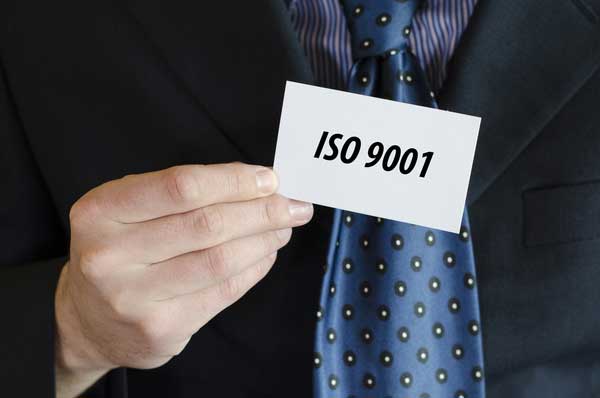In today’s competitive business landscape, building trust with customers is crucial for the success of small businesses. One way to establish this trust is by demonstrating your commitment to quality. ISO 9001, developed by the International Organization for Standardization, provides a globally recognized framework for implementing a quality management system (QMS). Whether you are an absolute beginner or already certified, understanding the basics and key concepts of ISO 9001 is essential. In this article, we will explore the fundamental concepts of ISO 9001 and how they can benefit small businesses.

What is ISO 9001?
ISO 9001 is a quality management system standard that helps businesses ensure and enhance the quality of their products and services. It is applicable to organizations of all sizes and industries. By implementing ISO 9001, you can demonstrate to potential customers that you meet globally recognized standards of quality. ISO 9001 serves as the baseline for many other ISO standards and can adapt to the specific needs of your business as it grows and expands.
The Process Approach
The process approach is a fundamental concept in ISO 9001. It involves viewing your entire business as a set of interconnected processes. By breaking down these processes into individual parts, you can understand how they work together as a whole. There are five essential checkpoints within the process approach:
- Sources of Inputs: These are the previous processes and policies that provide resources to the current process.
- Inputs: Physical materials, information, or any other resources required for the process.
- Activities: The actions performed during the process, such as transforming raw materials into finished products.
- Outputs: The results of the process, which can be tangible products, information, services, or policies.
- Receivers of Outputs: The recipients of the outputs, such as customers or other processes within your organization.
Breaking down your organization into these components allows for better visibility and prioritization of key processes that directly impact customer satisfaction.
Risk-Based Thinking
Another crucial concept in ISO 9001 is risk-based thinking. This approach involves considering both risks and rewards in decision-making processes. By being proactive and addressing risks ahead of time, you can prevent issues and capitalize on opportunities. ISO 9001 requires the implementation of a formal risk management process, where identified risks are evaluated, and appropriate actions are taken. This approach ensures that potential risks are mitigated, and opportunities for improvement are maximized.
The PDCA Cycle
The PDCA (Plan, Do, Check, Act) cycle is the framework through which ISO 9001 drives continual improvement and customer satisfaction. All the requirements of ISO 9001 can be mapped onto this cycle. The PDCA cycle emphasizes the importance of ongoing evaluation, planning, and implementation. Here’s a breakdown of each phase:
- Plan: Determine the context of your organization, including its internal and external influences, and establish objectives to address identified risks. Leadership plays a vital role in creating a quality policy, setting objectives, and providing necessary resources and support.
- Do: Enact the plans made during the planning phase through effective operations control, which includes managing processes and ensuring the desired results.
- Check: Evaluate the performance of your processes and compare the achieved results against your objectives. Conduct internal audits to identify nonconformities and address them proactively before official certification audits.
- Act: Implement corrective actions to address identified issues and continually improve your processes. This phase involves learning from experience, making necessary adjustments, and seeking opportunities for optimization.
Conclusion
ISO 9001 provides a framework for small businesses to establish and maintain quality management systems that meet globally recognized standards. By understanding the basics and key concepts of ISO 9001, such as the process approach, risk-based thinking, and the PDCA cycle, small businesses can enhance customer satisfaction, streamline operations, and drive continual improvement. Implementing ISO 9001 not only demonstrates your commitment to quality but also opens doors to new business opportunities. Embrace the power of ISO 9001 and elevate your small business to new heights of success.
